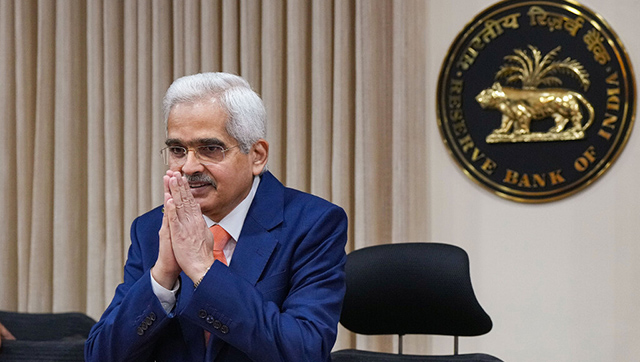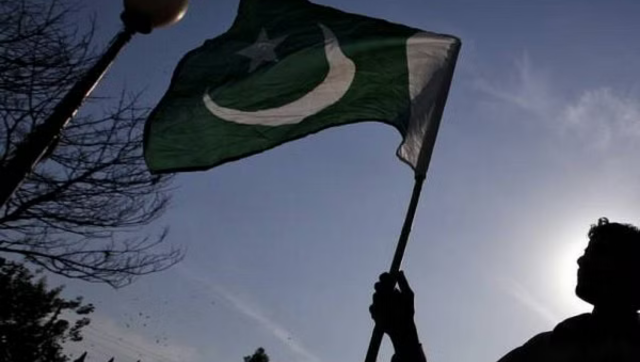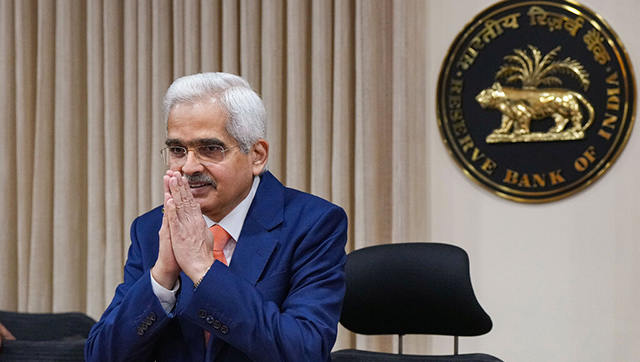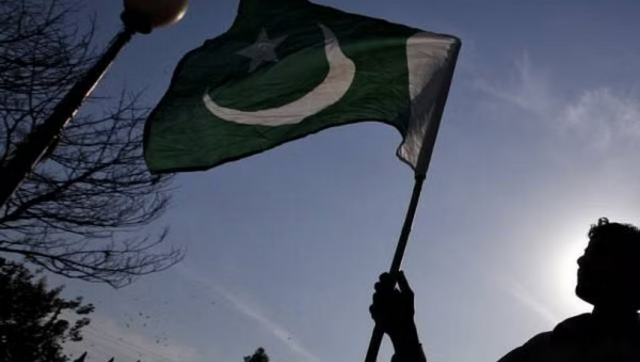The massive decline in food inflation by 3.36 percent in the week to 24 December is another pointer that the Reserve Bank of India (RBI) will start cutting rates sooner than later.
In fact, the chairman of the PM’s Economic Advisory Council (PMEAC), C Rangarajan, considered by many to be an inflation hawk, has turned dove of late . He said the “environment appears to be in favour of the Reserve Bank reversing its monetary policy stance.”
Governor Duvvuri Subbarao will surely agree.
However, hold the bubbly. Even though the case for easier money has strengthened, a lot will depend on what the wholesale prices index (WPI) will show for December.
Two reason why.
One, inflation is not only about food. And two, even in food, the fall is disproportionately focused on just one category: veggies.
In the week to 24 December, the sharp drop in food inflation was driven entirely by dramatic falls in three items - vegetables (which fell 50 percent from last year), potato (-34 percent), and onion (a massive fall of 74 percent from last year).
These three account for only 2.12 percent of the WPI, but they disproportionately impacted the food inflation figures in the week under review. It is thus more a comment on how terribly high the prices of these vegetables were last year that what they are this year.
On the other hand, the protein group of pulses, fruits, milk and eggs, meat and fish, which account for a larger 8.58 percent weight in the index, were strongly in double-digits. While fruits were up 10.87 percent from a year ago, milk was up 9.49 percent and eggs (etc) by 13.82 percent. Pulses were up by 13.85 percent (For detailed numbers, click here )
Effectively, these four protein items - which is where consumption is increasing, thanks to increasing rural wages and urban prosperity - account for more than half the weight of the food inflation segment of the WPI. We can’t count food inflation as conquered till we see an easing in protein-based inflation.
The answer may lie in two directions: bringing more land under pulses, and more cows.
Here’s why.
In a recent lecture , RBI Deputy Governor Subir Gokarn suggested that raising productivity in proteins is difficult. Pulses productivity growth, for example, has been patchy. “From an aggregate supply perspective, this means that the only way to increase production is by increasing the area under cultivation, causing land available for other crops to decline,” he said. Bringing more land under pulses thus has its problems.
As for milk, the growth rate of productivity has been declining for the last decade. Says Gokarn: “The only way in which milk production can be increased is by increasing the size of the cattle herd.” In short: we need more cows and buffaloes.
Clearly, despite the fall in vegetable prices this year, the problem in many protein-based foods is more structural and not amenable to short-term remedies.
But food inflation constitutes only one-seventh of the WPI. The bigger chunk comprises manufacturing and fuel and light. In November, the inflation rate for manufacturing went up marginally from 7.66 percent to 7.7 percent and fuel and light from 14.79 percent to 15.48 percent.
Will December show a cooling off in manufacturing, or core, inflation?
It’s worth keeping your fingers crossed, especially given the positive signals we are getting on a pick-up in manufacturing output, and the fact the energy prices are still to be passed through.
In November, eight core industries (including coal, power, oil and gas, etc), which constitute more than a third of the Index of Industrial Production (IIP), reported a rise of 6.8 percent. This suggests that the overall IIP might bounce back into positive territory in November after October’s drop of 5.1 percent.
The HSBC purchasing managers index (PMI) for services, which gives an early indication of business optimism since services account for 60 percent of GDP, has risen to a five-month high in December.
With the government sitting tight on energy price increases in the run-up to the assembly elections in Uttar Pradesh and four other states, by early March the pent-up need to push up prices of petro-goods, electricity and coal prices will rise.
And let’s not forget the rupee. Given the fact that the economy typically starts peaking in the last quarter of the financial year (January-March), the chances that there will be further pressure on the rupee due to higher imports cannot be ruled out.
Any adverse movement in the rupee adds to inflation - since we import more than we export.
Last, the government continues to borrow like there is no tomorrow. This not only increases the pressure on interest rates, but also builds up price pressures for the future as the fiscal deficit bloats.
Bottomline: cutting interest rates is fine to ease liquidity and give growth a nudge, but don’t assume inflation is going to play dead.


)




)
)
)
)
)
)
)
)